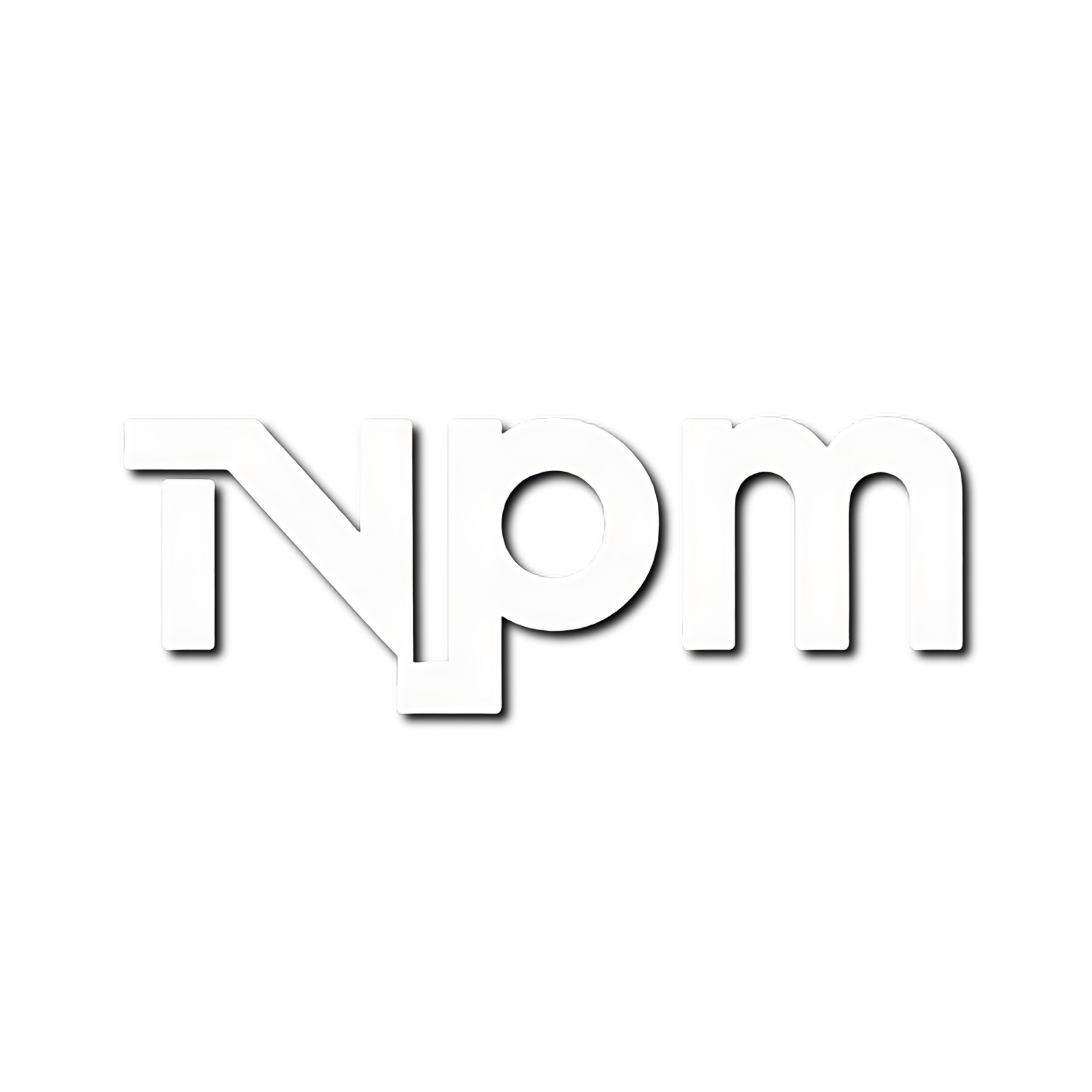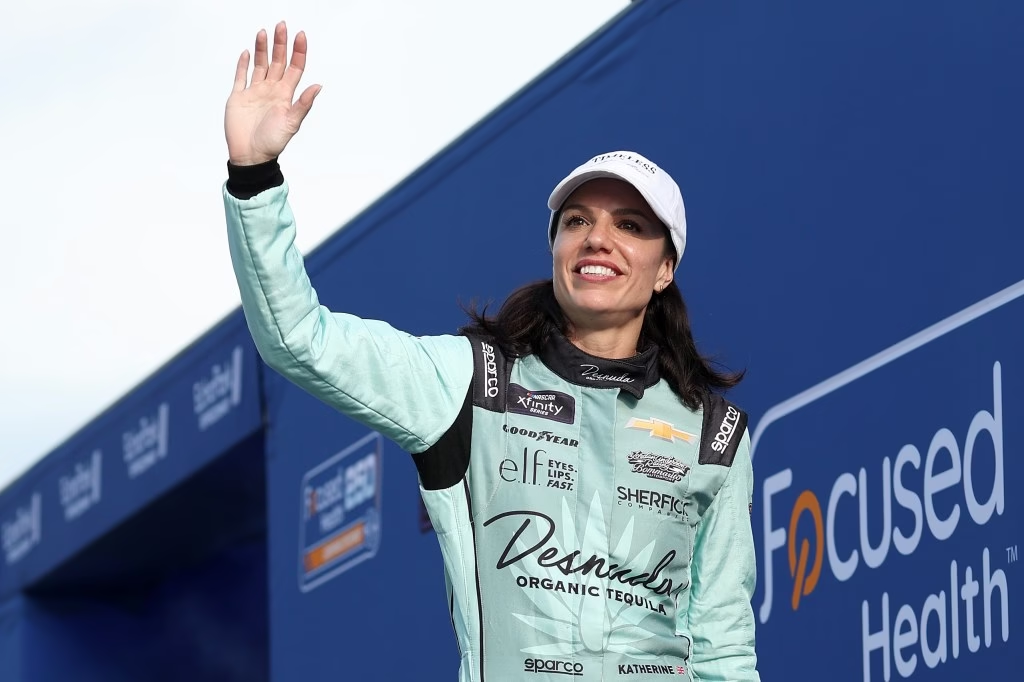Katherine Legge is used to being in the spotlight after years of driving Indy cars, so being the only woman competing in Sunday’s NASCAR Chicago Street Race would be no big deal.
Legge, the only female NASCAR driver, will have to qualify Saturday for one of the final four spots in Sunday’s Cup Series race. She understands the pressure that comes with being a unicorn in a male-dominated sport.
“I definitely think there is pressure, unfortunately, but I’m kind of old news in the Indy car and sports car world because I’ve been doing that for so long that I’ve just become part of the furniture,” Legge, 44, told the Tribune on Friday during a lull in preparations. “So I think I’m relatively well-respected by everybody in the paddock — or I’d like to think I was — just because I’ve been doing it so long and they know what I’m capable of driving-wise.
“Coming over to NASCAR, with no one knowing me or what I’m capable of, for sure I think it’s added pressure. The spotlight is on. That would be for anybody new, but there’s probably extra pressure because of the female piece. That’s more from the periphery than the teams and the drivers.”
Legge, driving the No. 78 Live Fast Motorsports Chevrolet, will compete with four others for the four open spots in Sunday’s Grant Park 165, the third and possibly final Chicago Street Race after the city’s three-year deal with NASCAR began in 2023.
It’s a difficult challenge, especially because it’s her first time racing on the Chicago course.
“Racing is very hard, depending on how big is your car,” she said. “We could roll off the truck and the car could look really great and we’re not worried about it. But I also have to get up to speed because it’s new to me, and all these guys have been doing it every single week for multiple years.
“It’s twofold — how big is your car and how much experience do you have to put it in the show — so there’s a lot of pressure on tomorrow.”
Legge, who hails from Great Britain, has a lot of street-course experience from driving Indy and sports cars. She won three times on street courses in the 2005 Toyota Atlantic Championship — including her series debut in Long Beach, Calif. — and also won back-to-back years on a street course in Detroit in the IMSA SportsCar Championship.
2025 NASCAR Chicago Street Race: What to know about the 2.2-mile course around the city
Learning a new track without practice time adds another degree of difficulty.
“For people like me coming in, trying to learn the track, learn the cars, it’s really tricky,” she said. “Because these guys are in them every week and it’s an extension of them, whereas for me everything is relatively new.
“Experience is everything in this sport. It’s going to take a year or two for me to kind of come into my own.”
Can she count on her fellow drivers for advice, or is it dog eat dog?
“Even the drivers between themselves have their friends, their frenemies and their enemies,” she said with a laugh. “Just like in any job, there are people you get along with and people you don’t get along with, and people that help you and some that are not (helpful). Racing is the same. Some have been awesome, some not, which is fine.”
Unlike baseball pitchers, NASCAR drivers are available to talk with fans and media almost right up until race time. It was shocking to interview racers minutes before they got into their cars, knowing a pitcher would get upset if any reporter talked to him three hours before a start.
Somehow they’re able to maintain their focus while also helping out the sport, which is made better by access.

“NASCAR did that on purpose to make it accessible to fans,” she said. “They want fans to be able to get autographs and talk, and that way they can feel more invested in your favorite drivers. … That accessibility is a selling point to get people to come to the track instead of just watching on TV. Of course it (affects the focus). But that’s part of the job.
“If it was a new thing, yeah, absolutely it would. But we’ve grown up with it, so it’s trained into us.”
As an occasional NASCAR observer with little experience covering events, my favorite part of a race is when the drivers get in each others’ faces after a wreck, sometimes leading to blows. It hasn’t happened yet with Legge.
“No, but if it was to happen, I think it would be more on my side,” she said with a laugh. “I got taken out by (Carson) Hocevar in Mexico City, and I think Ricky (Stenhouse Jr.) was the only one that wanted to punch him. I wanted to know what happened, but the spotlight is on him for his craziness.
“There are some rivalries, of course, and NASCAR always wants to make a big deal out them because it’s good for the fans. But you get over it pretty quickly because you travel so often with these guys. There are no guys that I really dislike yet.”
It’s good to know she isn’t ready to brawl in Chicago.
“Now I’m considering it,” she said. “It might put me on the map.”
Chicago is on the auto racing map now as an annual NASCAR event, and except for the usual complaints about street closures, along with this year’s unexpected buckling on the course due to a heatwave, things have gone fairly smoothly in Year 3.
Chicago is ready, and the drivers are too. Like everyone else, Legge is curious whether the city will continue to host a NASCAR street race.
“Do you know?” she asked. “Nobody knows at NASCAR.”
Knowing Chicago politics, it likely will be a hotly debated issue if Mayor Brandon Johnson desires a few more laps in the coming years.
But after all of the controversy over its beginning, the Chicago Street Race now seems like a special event many Chicagoans are getting used to. I’d still prefer to see them race down regular city streets, trying to avoid our own crazy drivers, bikers and double-parked delivery trucks.
But you can’t have everything.


Leave a Reply